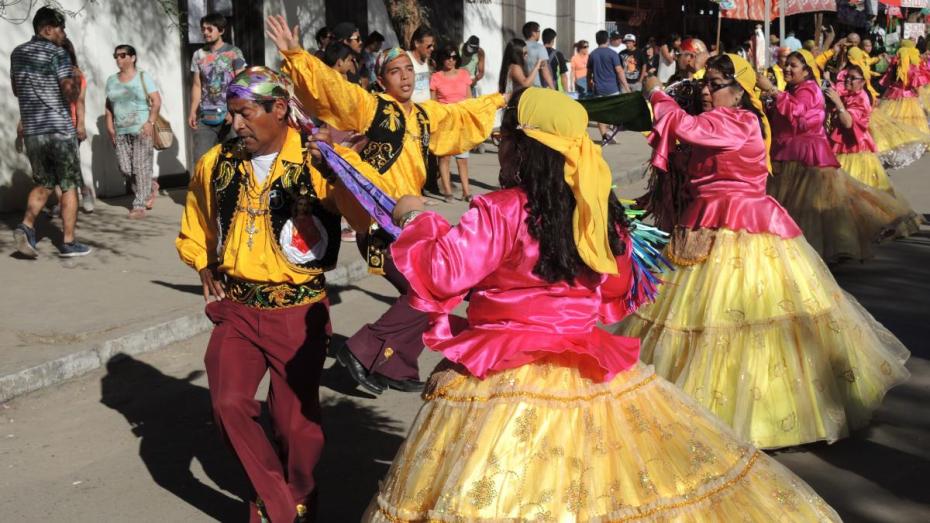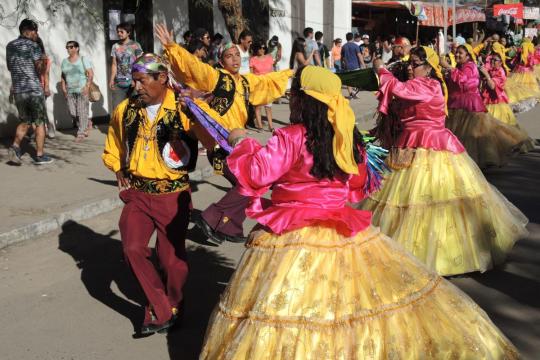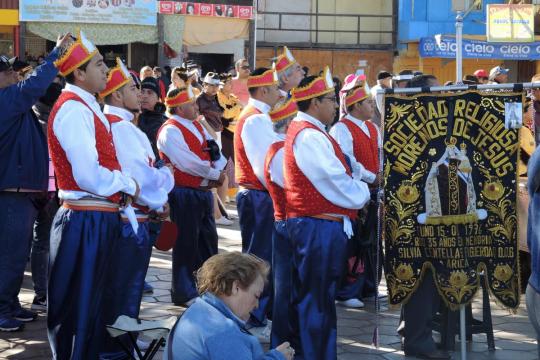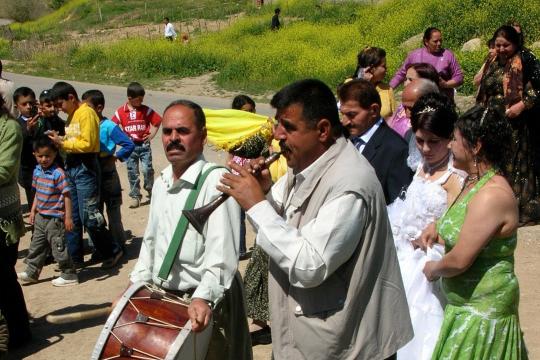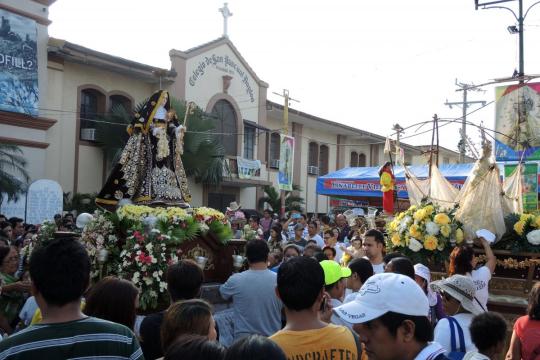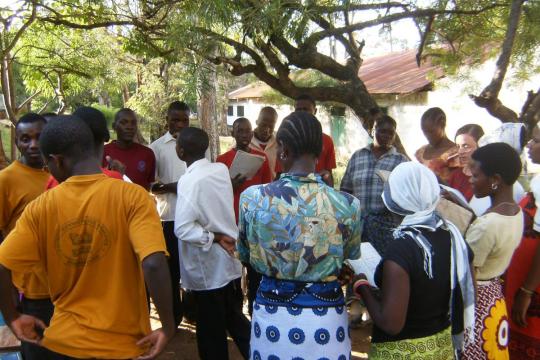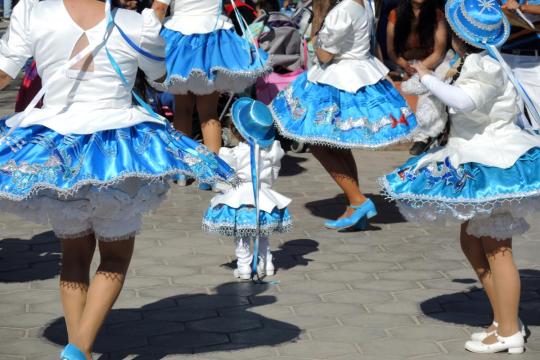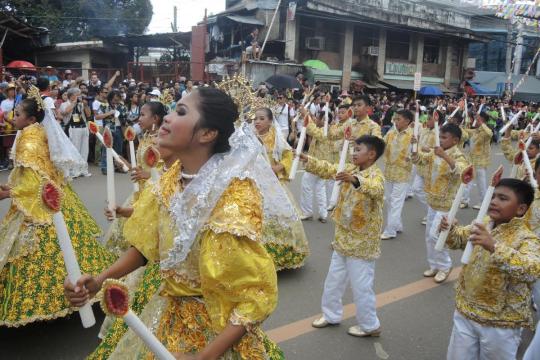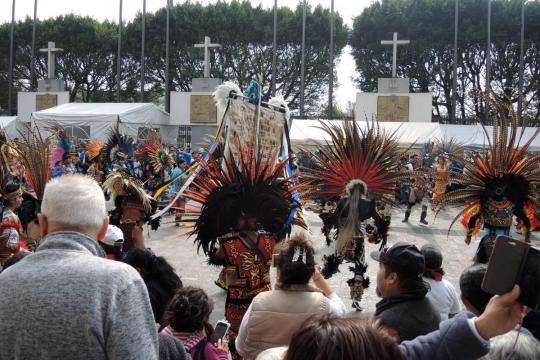In many parts of the world, readers will be surprised to see dance associated with Catholicism at all, while in other places, dance is naturally associated with worship, and is integral to religious rituals of birth, marriage and death. “To not move and express yourself when you pray,” one Ugandan interviewee once reported, “is to be like dead people.”
It bears remembering how many elements of dance are integral to transnationally accepted forms of Catholic prayer, even where "dance" is said to be out of place. Ritual movement is central to liturgy and the sacraments, and is deliberately choreographed. Priests and deacons are directed to move in particular ways, as are congregants. Movement is integral to processions and pilgrimage, and to many accepted devotions like Stations of the Cross, and even to many traditional Catholic forms of prayer, like the Rosary. Even where the movement is limited, slow and deliberate, it is purposeful, meaningful and not incidental.
In most European contexts, dance is primarily associated with entertainment, socializing, romantic or sexual intimacy, or even with unruly passion or reckless abandon. There, whether it is solemn or free form, and even when it is considered perfectly acceptable in other contexts, it is often regarded as out of place in Christian worship and prayer, or as a curious add-on that may not fit or that may suffer from being perceived only as a performance.
Sacred and ceremonial dance has an ancient pedigree, including a role in the Bible, where David is said to have danced before the Lord, and the psalms encourage dance as a form of enthusiastic prayer fitting for all that God has done for his people.1 Christianity may have often distinguished itself from other forms of religion by rejecting dance, but in the Middle Ages dance often had a role in religious morality plays.
On this website we have a chance to look at a number of cultural contexts where dance is regarded as an important way of expressing devotion, whether signaling what one needs from God, as at Obando or as a means of putting one’s whole body into prayer, as at La Tirana. In many cultures, including among Chaldeans in Iraq, it remains integral to a wedding, but separated out from the liturgical aspect. Dance is certainly incorporated in very limited, experimental contexts in a number of cultures, but for the most part this site is concerned with the instances where it has a culturally accepted or significant role in the prayer of a people.
Perhaps the biggest challenge on these pages is any expectation that the role and significance of dance be "explained" in words, when most practitioners seem to dance to do something that cannot be captured for them in words.
- 1Cf. 2 Sam 6:14, Psalm 149:3, Psalm 150:4.
